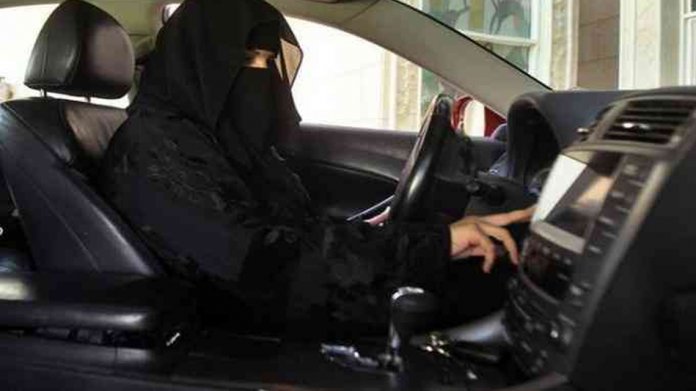Here are some key facts about the historic move, seen as the most striking in a series of reforms as the kingdom prepares for a post-oil era.
How the reform happened
In September 2017, King Salman issued a decree declaring an end to the decades-long ban from June 2018.
A handful of driving schools for women were subsequently permitted to open in cities such as Riyadh and Jeddah.
Earlier this month, the kingdom began issuing its first driving licences to women in decades, with a handful of women swapping their foreign licences for Saudi ones after undergoing a practical test.
How many women will drive?
Some six million women — or 65 percent of the female driving-age population — are expected to apply for a licence once the ban is lifted, according to the London-based consulting firm Facts Global Energy.
But such a high number may not be immediately attainable, some analysts say.
Some three million women in Saudi Arabia could receive licences and actively begin driving by 2020, according to consulting firm PricewaterhouseCoopers.
Eligibility
In addition to cars, women will be allowed to drive motorbikes, vans and trucks.
Women with licences from Gulf countries will be required to convert them to Saudi licences, according to the kingdom’s traffic department.
Those with international driving licences would be able to drive in the kingdom for up to a year, after which they would be required to apply for a Saudi licence, the department said.
Licences to drive private vehicles will be granted at the age of 18, and public transport at 20 — the same as men.
Crime and punishment
Many women fear they will be easy prey as drivers in a nation where male “guardians” — their fathers, husbands or other relatives — can exercise arbitrary authority to make decisions on their behalf.
In preparation for the lifting of the ban, the government preemptively addressed concerns of sexual harassment — with a prison term of up to five years and a maximum penalty of 300,000 riyals ($80,000).












































